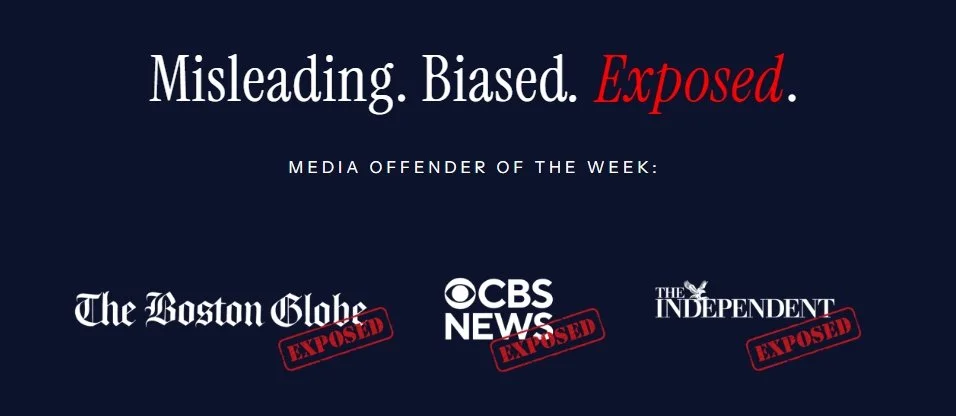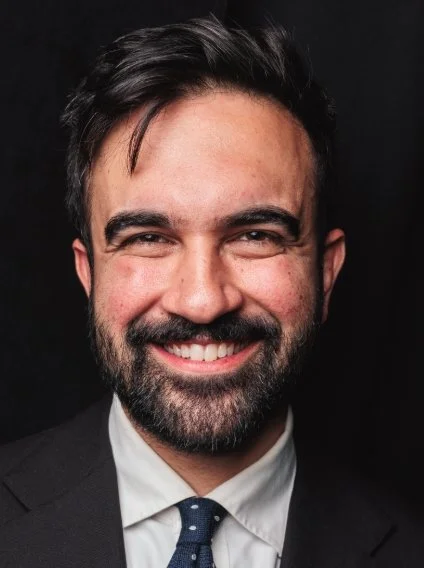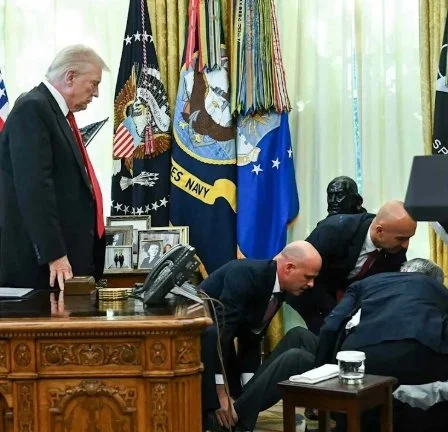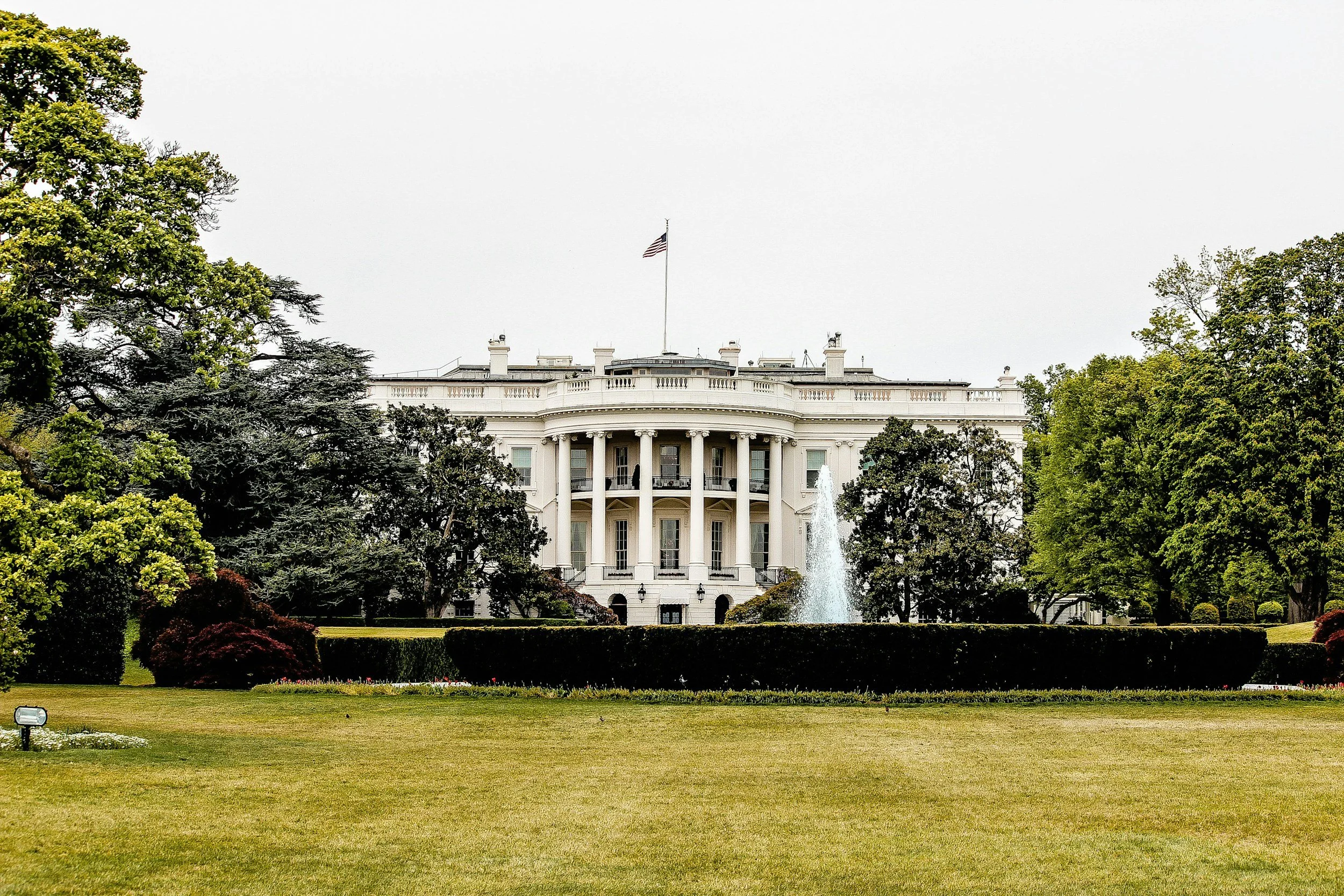The Psychology of Trump’s 2025 Presidency: Traits, Behaviours, and Underlying Dynamics
Disclaimer: The analysis below is not a clinical diagnosis. It is instead a discussion of publicly observable behaviours and patterns, employing common frameworks from psychology and political leadership studies. As is widely cautioned in professional mental health contexts (diagnosing individuals from afar) particularly public figures is inherently limited. Instead, the following essay presents an interpretation of Donald Trump’s rhetorical style, decision-making, and leadership persona, especially as seen in his 2025 presidential agenda.
Donald Trump’s return to the White House in January 2025 has reignited debates about his leadership style, governing methods, and political objectives. Observers from across the political spectrum have offered analyses and critiques, some focusing on policy outcomes and others on personal character. Indeed, Trump’s second term is shaping up to be just as polarizing and media-saturated as his first (2017–2021). Much discussion centers around his continued commitment to “America First” policies, including mass deportations, sweeping tariffs, rollbacks of environmental regulations, and a realignment of U.S. alliances abroad.
However, purely policy-based critiques can overlook a key dimension of Trump’s presidency: how his personal style and psychological traits influence governance. While no politician’s personality singlehandedly explains every decision, Trump is arguably one of the most personality-driven leaders modern America has seen. His public presence, penchant for grandiose rallies, combative relationship with critics, and “populist-strongman” style have shaped his policies.
This essay examines Trump’s 2025 agenda through a psychological lens; identifying traits, behaviours, and motivations that appear consistent with Trump’s well-documented public persona. Again, these observations are based on public behaviour and established theories in political psychology; they are not a clinical diagnosis or a claim to definitive knowledge of Trump’s inner psyche. Rather, they aim to provide context for how Trump’s distinctive traits intersect with high-stakes policy moves and shape American politics at a moment when domestic polarization and global uncertainty are peaking.
TL:DR Donald Trump’s psychological profile in 2025 shows strong signs of narcissistic leadership, authoritarian tendencies, and transactional logic. His public behaviour aligns with traits associated with grandiose self-image, moral disengagement, and strategic aggression, all of which shape his presidency's most controversial policies.
Grandiose Self-Image and Desire for Personal Credit
One of the most frequently observed features of Donald Trump’s leadership style is his grandiose self-presentation. Throughout both his first term and now in his second, Trump has repeatedly portrayed himself as uniquely capable of solving problems, from ending overseas conflicts to jumpstarting the U.S. economy. In 2025, this pattern continues unabated.
Claiming unique power to fix crises: Trump has insisted, for instance, that the Russia–Ukraine war would never have occurred if he had remained in office and that he alone can broker a peace settlement within 24 hours. Critics argue these statements lack concrete detail and gloss over the complexities of the conflict. Psychologically, however, they serve to project unmatched competence, boosting supporters’ faith that Trump can handle global threats.
Self-attribution of major achievements: Trump’s speeches regularly reference how he “built the greatest economy in history” in his first term. Now, he vows to replicate or surpass that in his second term. When facing economic hurdles such as the blowback from a potential 60% tariff on Chinese imports, he often reframes them as signs of his strength, insisting that foreign nations will pay the price, not American consumers.
From a psychological perspective, these behaviours fall under what many describe as grandiose narcissistic tendencies, in which an individual consistently displays elevated self-importance and seeks admiration. Within the domain of political leadership, such a style can be charismatic to supporters while alienating or alarming critics. By offering sweeping promises and larger-than-life claims, Trump nurtures the impression that his presidency is singular and indispensable. This resonates powerfully with a segment of the public that craves resolute leadership; especially amid social, economic, and cultural uncertainties.
Authoritarian and Dominance-Oriented Traits
Observers of Donald Trump’s 2025 term also note an authoritarian streak in his policymaking and rhetoric. This is evident in actions ranging from immigration crackdowns to threats of prosecuting political opponents:
Using the Department of Justice for “retribution”: During his campaign, Trump pledged to investigate the Biden family. Now, in office, he has placed loyalists in key positions at the DOJ. Critics see a potential weaponization of law enforcement, as Trump openly ties his own legal battles to possible punitive action against Biden or other political foes.
Purging civil servants and consolidating power: Early in his second term, Trump revived the so-called “Schedule F” executive order, which reclassifies tens of thousands of federal employees as at-will appointees. By removing long-standing civil service protections, he aims to install loyalists who will not obstruct his directives. Critics call this an effort to create a patronage system and eliminate institutional checks on presidential authority.
Emphasizing “law and order” selectively: While insisting on harsh penalties for street crime, Trump pardoned numerous individuals involved in the January 6 Capitol attack, describing them as “patriots” or “political prisoners.” This signals a selective concept of justice; harsh for enemies, forgiving for allies.
Psychologically, authoritarian leaders often endorse a simplified worldview of in-groups and out-groups, granting themselves extraordinary latitude to defend the in-group (loyal supporters) while punishing the out-group. The second Trump administration’s policies, especially in immigration and justice, reflect this binary approach: harsh enforcement or deportations for immigrants, clemency for political allies. Though we should avoid simplistic labeling, these tendencies fit well-known authoritarian leadership patterns, where loyalty to the leader is paramount and institutional constraints are seen as threats.
Populist and Personalized Leadership Style
Trump’s populist persona has remained central in 2025. While some populist leaders focus on left-wing economic policies, Trump’s version is staunchly nationalist and conservative on social issues, yet still draws heavily on a populist rhetorical toolkit:
Championing the “forgotten men and women”: Trump consistently frames his policies such as withdrawing from the Paris Agreement again or imposing tariffs as measures designed to help ordinary American workers against “globalist elites” who benefited from free trade and multilateral pacts.
Attacking institutional “elites”: Both in his first term and now, Trump paints bureaucrats, mainstream media, and legacy politicians as out-of-touch or corrupt. This us-versus-them narrative resonates with an audience that views federal agencies (like the EPA, the IRS, or the “deep state” in general) as obstacles rather than safeguards.
Personalization of politics: Trump’s rallies, where he speaks unscripted to adoring crowds, highlight how his identity and the movement he leads blend seamlessly. Support for Trump is often personal, not just ideological: many in his base feel a deep bond that transcends policy details.
Populist leaders in modern democracies often build a cult of personality, forging emotional connections with supporters who see the leader as a relatable champion. In Trump’s case, that emotional bond has proven durable, with controversies and scandals reframed as attacks not just on him but on his supporters. This tactic encourages a cycle of deepened loyalty, aligning with research on populist strongman leadership wherein the leader claims to embody the collective will of the “true” people.
Conspiratorial Thinking and Distrust of Expert Institutions
A recurring hallmark of Trump’s communication strategy is his open endorsement of conspiracy theories or unverified claims that align with his broader narrative:
Deep state accusations: Trump alleges that a clandestine network of bureaucrats deliberately works against him. He used these claims to justify mass firings and reclassifications of federal employees, asserting that the government is riddled with enemies.
Anti-science rhetoric: In healthcare, he flirted with bringing in anti-vaccine advocate Robert F. Kennedy Jr. into a top role. Vaccine skepticism has been discredited by all major health agencies; yet Trump fosters an atmosphere where fringe theories can gain traction if they serve political ends (like rallying anti-establishment sentiment).
Disregarding climate science: Labeling climate change a “hoax,” Trump reversed Biden-era environmental regulations, pivoting aggressively to fossil fuel expansion. While there is overwhelming scientific consensus on human-driven global warming, Trump’s public pronouncements treat it as a plot to hinder U.S. industry.
From a psychological angle, conspiratorial thinking often stems from confirmation bias where by individuals adopt narratives that affirm pre-existing views and emotions. Trump’s readiness to accept or amplify unproven claims (from election fraud to vaccine-autism links) partly reflects his distrust of mainstream expertise. It also suits a political strategy: if the public is primed to see conspiracies everywhere, official critiques of Trump (for example, rulings by judges or statements by intelligence agencies) can be recast as manipulations by hidden forces rather than legitimate concerns.
Aggressive Communication and Defensiveness
Few modern politicians match Trump’s penchant for insults, threats, and ridiculing language. In 2025, his tone remains highly combative:
Name-calling and belittling of opponents: Whether it’s labeling critics “losers” or assigning demeaning nicknames, Trump’s style is intentionally abrasive. Psychologically, this both rallies his supporters (who may enjoy the performative mocking of establishment figures) and intimidates potential adversaries.
Escalation in the face of criticism: When pressed about controversial policies, Trump frequently doubles down rather than modulating his stance. This upends typical political damage control, but it remains consistent with Trump’s historical pattern of defiance, portraying any admission of fault as weakness.
Framing issues in stark, confrontational terms: He labels certain immigrant groups or political opponents with extreme descriptors, sometimes calling them “criminals” or “traitors.” Such polarizing language fuels an emotionally charged environment in which moderation is perceived as betrayal.
Social psychology research shows that aggressive rhetoric can serve to energize an in-group at the cost of deeper hostility across society. Trump’s verbal style underscores his low agreeableness (in Big Five personality terms) and preference for direct conflict. This resonates with supporters who value forceful leadership, but it undermines consensus-building or nuanced problem-solving.
Simplistic, Transactional Approach to Complex Problems
Trump’s background as a business executive who often prided himself on “the art of the deal” continues to manifest in transactional thinking:
Tariff wars as straightforward deals: A central plank of his 2025 policy is imposing new tariffs, sometimes extremely high, on Chinese goods and potentially on Mexico and Canada. While trade economists emphasize the intricate global supply chains and potential for consumer harm, Trump frames the issue as a simple quid pro quo: “They need us more than we need them,” so they will ultimately capitulate.
Binary framing of solutions: Whether discussing immigration, healthcare, or foreign alliances, Trump typically reduces multifaceted challenges to “Make a Deal or We Walk Away.” Critics say this neglects the realities of legislative compromise, international norms, or the need for broad coalitions.
Emphasis on short-term wins: Actions like reauthorizing the Keystone XL pipeline, intensifying fossil fuel production, or drastically lowering environmental standards are promoted as immediate ways to lower costs. Yet they often ignore the broader global or long-term consequences (e.g., climate impact, potential retaliatory measures from trading partners).
From a psychological standpoint, leaders with transactional dominance rely heavily on direct levers of power like tariffs, executive orders, or the threat of withdrawing from treaties to force partners into compliance. This can produce immediate, newsworthy outcomes (hence Trump’s love of signing ceremonies and dramatic announcements). However, it also fosters unpredictability, since other nations or domestic actors may balk at such strong-arm tactics.
High Need for Admiration and Public Visibility
No one would accuse Trump of shunning the spotlight. His presidency, both the first and now the second operates under continuous media cycles:
Frequent rallies and media engagements: Rather than limiting public appearances to formal addresses, Trump continues to stage large rallies where he can bask in crowd enthusiasm. He relishes the instant feedback loop of applause and cheering.
Monitoring and reacting to coverage: Trump’s staff has noted his close attention to press commentary, social media, and television. Positive coverage is magnified; critical reports are attacked as “fake news.”
Turn of controversy into attention: Even negative stories can be spun as “proof” that Trump is shaking up the establishment, reinforcing his image as a political disruptor.
Political psychologists would place such behaviours in the realm of high extraversion coupled with a substantial need for approval; common among some charismatic politicians but particularly pronounced in Trump. Public displays of loyalty (including his own cabinet’s public praise) become vital in his administration. This dynamic also means that advisors who publicly question him often face swift retaliation or dismissal.
The Influence of Misinformation on Decision-Making
Trump’s longstanding association with disputed or debunked claims continues to shape his second term. The impetus to end birthright citizenship via executive order, for example, starkly contradicts the 14th Amendment. Yet Trump persists, buoyed by advisors who feed the narrative that the Constitution’s language can be reinterpreted.
Confirmation bias: Trump’s acceptance of stories that reinforce his beliefs such as the notion that undocumented immigrants are primarily criminals or that climate change is fabricated helps sustain these policy stances even when they face overwhelming factual counter-evidence.
Weaponizing misinformation: By linking immigration, for instance, with terrorism or drug gangs, Trump justifies harsh crackdowns. The rhetorical flourish of mass deportation appeals to fear-based narratives, galvanizing his supporters.
Potential for policy miscalculation: Overreliance on inaccurate or one-sided data can lead to strategic blind spots, such as underestimating the economic repercussions of trade wars or the diplomatic fallout of cozying up to Vladimir Putin while downgrading NATO alliances.
Social psychologists warn that when leaders surround themselves with loyalists who echo the leader’s worldview, groupthink can take hold. Contrarian evidence is dismissed or downplayed, paving the way for overconfident, underinformed policy decisions.
Polarization and Group Identity Dynamics
Trump’s us-vs.-them dichotomy is a central theme:
Stoking cultural divisions: The rhetoric against “woke” agendas in education, the rollback of LGBTQ+ rights, and the threat to strip federal funding from schools that teach what Trump calls “critical race theory” all reflect a zero-sum framing. Supporters see these moves as defending traditional values; critics see them as attacks on civil rights and academic freedom.
Galvanizing an in-group: By framing media, liberals, immigrants, or moderate Republicans as opponents, Trump cements loyalty among those who feel they are under siege by cultural and demographic change.
Societal impact: The intense “culture war” focus leads to deeper national schisms, with some states pushing further left in resistance, while red states align more aggressively with federal mandates from Trump.
From a psychological standpoint, this dynamic fosters social identity reinforcement: members of the in-group (Trump supporters) feel validated and morally superior, while those outside the in-group are increasingly demonized. This can create an echo chamber in which nuanced policy debate becomes nearly impossible, replaced by a clash of moral absolutes.
Resilience and Adaptability to Negative Feedback
Despite countless controversies, impeachments, indictments, and scathing media coverage Trump remains highly resilient politically. In psychological terms:
Refusal to admit fault: Whenever mistakes or setbacks emerge, Trump deflects blame. This “never back down” posture resonates with a portion of the electorate that admires strength and tenacity.
Using scandal as rallying fuel: Investigations into Trump’s finances or legal cases against him are reframed as proof of persecution, activating a siege mentality among supporters.
Eroding the power of criticism: Over time, continuous dismissal of negative reports as “fake” or partisan can dull the impact of legitimate revelations about policy failures or ethical lapses.
Leaders who demonstrate psychological hardiness can maintain high morale among their team even amid crises. Critics see this as a refusal to engage with reality; supporters interpret it as perseverance. Either way, Trump’s capacity to remain on offense, rather than adopting a defensive crouch, keeps him at the center of the national conversation.
Interplay with Policy: How Personality Drives Governance
Trump’s personal style isn’t merely an overlay on policy decisions. Rather, it often becomes the engine that shapes or steers them:
Immigration Policy: The vow of a “largest mass deportation program in history” is partly driven by Trump’s desire for dramatic gestures and clear, symbolic victories. Portraying undocumented immigrants as criminals or terrorists simplifies the narrative, supporting the moral clarity his base demands.
Trade and Tariffs: Trump’s preference for bilateral, strong-armed deals over nuanced, multilateral frameworks directly stems from his transactional leadership approach. Rather than forging international coalitions to counter China, for instance, he opts for unilateral tariffs to force a perceived “win,” consistent with his self-image as a tough negotiator.
Healthcare and Mistrust of Experts: Trump’s openness to fringe voices like RFK Jr. at major health agencies underscores how anti-establishment convictions shape real policy processes. Critics say this discredits the CDC and FDA, while supporters view it as shaking up a corrupt status quo.
Climate and Energy: Referring to climate change as a hoax or ignoring scientific consensus resonates with Trump’s brand of tough-talking, science-skeptical populism. This positions him as the champion of coal miners, oil drillers, and others anxious about environmental regulations.
Global Alliances: Trump’s repeated condemnation of NATO allies as “freeloaders” and his amenability toward strongmen like Vladimir Putin reflect his authoritarian admiration as well as a transactional view of alliances. If allies don’t pay more or comply, he threatens to pull back U.S. support; mirroring his standard deal-making posture.
In each arena, the president’s public persona and signature rhetorical habits provide a throughline for seemingly disparate policies. From mass deportations to rolling back DEI initiatives, the common thread is a combative, self-assured, and loyalty-focused leadership style that prioritizes symbolic gestures and big-power messaging over consensus-building.
Long-Term Implications
Domestically, these personality-driven policies deepen social fractures. Civil unrest could grow if immigration raids escalate, if LGBTQ+ rights are curtailed, or if federal agencies lose large numbers of experienced staff under the “Schedule F” purge. Courts might rein in some measures, but Trump has aggressively placed conservative judges who often align with executive power expansions.
Economically, dramatic tariffs and decoupling from China may yield short-term political “wins” but risk higher consumer prices, possible retaliation from trading partners, and general market uncertainty. Over the longer horizon, a more protectionist U.S. stance could reshape global supply chains and reduce American access to overseas markets.
Internationally, allies concerned by Trump’s mercurial foreign policy might seek to hedge their bets, forging alternative regional alliances. NATO, though still standing, may find its unity tested if the U.S. reduces support for Ukraine or demands greater defence budgets from allies. Meanwhile, adversaries like Russia can exploit divisions within the West, particularly if Trump’s search for a quick “peace” in Ukraine sacrifices Ukrainian territorial integrity.
In all of these areas, Trump’s psychological orientation plays a foundational role. His faith in personal instinct over institutional norms, his aversion to admitting errors, and his deep reliance on an in-group worldview create both the impetus and the constraints for how policy is developed.
Simply Put
Donald Trump’s second term in 2025–2029 showcases a presidency that continues to be personality-driven, confrontational, and polarizing. Though the mantras of “America First” and strong executive leadership are not new, the second administration has ratcheted them up to new intensities. From promising a sweeping mass deportation to doubling down on sky-high tariffs, Trump’s actions indicate a leadership style that merges authoritarian impulses, populist theatrics, and grandiose self-assurance.
Psychologically, these behaviours follow well-established patterns:
He seeks admiration incessantly and frames his role as indispensable.
He centralizes power, often scapegoating disloyal or “deep state” actors and favoring loyalists.
He exhibits little tolerance for dissent, using aggressive communication to punish or discredit critics.
He leans on simple, transactional logic to handle complex global and domestic challenges.
He embraces or amplifies fringe theories and misinformation when they reinforce his worldview or bolster a narrative that the establishment is conspiring against him.
The result is a White House characterized by constant upheaval, intense media coverage, and deepening political schisms, but also by unwavering support from a substantial base, many of whom see Trump as the only authentic champion who will defend them against social and economic transformations they find threatening.
In practical terms, these traits and approaches have profound consequences. Policies couched in alarmist or conspiratorial rhetoric; be it about immigrants or climate science,tend to be implemented with less attention to nuance, data, and broad coalition-building. Internationally, the U.S. may appear less reliable to allies, yet more unpredictable to adversaries, creating new risks of conflict or global power realignment. Domestically, the future of civil discourse hinges on whether political leaders and institutions can mitigate the extreme polarization triggered by Trump’s style.
Ultimately, Trump’s presidency underscores how a leader’s personality can become a central driver of governance. While every president leaves a personal stamp on policy, Trump’s stamp is particularly vivid because of his combative, self-promoting, and polarizing nature. Supporters argue that this is exactly the disruptive change America needs someone unafraid to jolt the status quo. Opponents counter that it undermines democratic institutions, fosters division, and ignores evidence-based policymaking.
The psychological features at play, grandiosity, authoritarian leanings, populist messaging, and a reliance on misinformation are not likely to fade during Trump’s second term. Indeed, as 2025 has already shown, these traits form the bedrock of his approach, defining how he interacts with Congress, the courts, the media, foreign leaders, and, most importantly, the American people. Observers who seek to understand the trajectory of Trump’s administration, therefore, must grapple with how these personality-driven tactics both harness and intensify the political currents in the United States.
In the end, whether one views Trump as a bold saviour or a dangerous demagogue often hinges on these psychological dimensions. They colour every statement, shape each executive order, and guide foreign policy decisions. The resulting presidency is less about collective deliberation and more about the vision, instincts, and impulses of one individual. That individual’s deep reservoir of self-confidence and willingness to embrace combative confrontation ensures that Donald Trump’s 2025 term will remain as contentious and transformative as any presidency in living memory.
References
Gartner, J. D. (2017). Rocket man: Nuclear madness and the mind of Donald Trump. Self-published.
Stuckey, M. E. (2020). "The power of the presidency to hurt": The indecorous rhetoric of Donald J. Trump and the rhetorical norms of democracy.Nai, A., & Maier, J. (2021). The wrath of candidates: Drivers of fear and enthusiasm appeals in election campaigns across the globe. Journal of Political Marketing, 20(2), 111–135.
Baker, P., & Glasser, S. (2022). The divider: Trump in the White House, 2017–2021. Doubleday
Wolff, M. (2018). Fire and fury: Inside the Trump White House. Henry Holt and Company




















